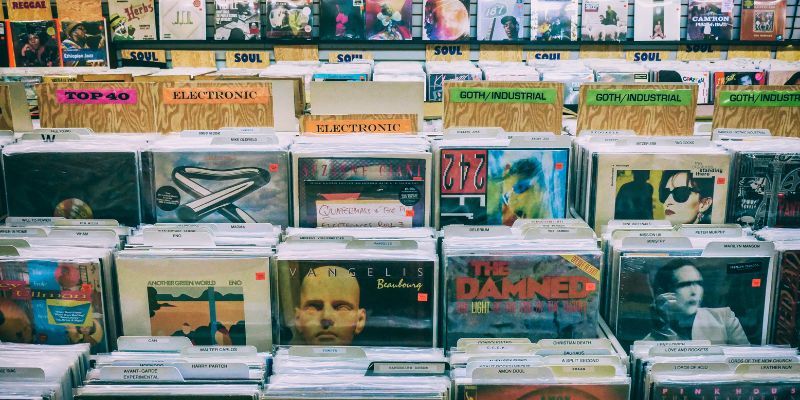It’s likely that at some point in their career, many artists have dreamed of ‘signing with a record label. And for good reason, too: labels have been around for decades, and almost every hugely successful artist in the world is signed to one. A deal with a reputable company like Universal Music Group, or even in India with a label like T-Series or Pagal Haina, has traditionally been one of the most coveted aspects of being a musician.
But what exactly does a record label do for an artist? There are still many misconceptions that come with record labels and their role in music. Before signing any kind of deal, it’s crucial that an artist knows what they’re in for—let’s break down what a record label is, and what a deal with one might include.

Brief History of Record Labels
Record labels have been around for much of recorded music’s history. They emerged along with technological advances that made recording and reproducing music easier, and have been around in various forms since the early 1900s.
The term ‘record label’ itself comes from the circular piece of paper in the middle of old gramophone records that contained information about the artist and recorded music. Between 1929 and 1998, six major labels controlled the majority of the music industry: Warner Music Group, EMI, Sony Music, BMG, Universal Music Group (UMG) and PolyGram. Today, Sony, UMG and Warner Music group are among the biggest labels out there.
What Does a Label Do?
In brief, a record label is responsible for bringing the most out of their artists in terms of music output and productivity while earning money on their releases. This comes with several important functions
Music Production: A traditional deal with a major record label usually includes an exclusive recording contract. The label will fund studio expenses, mixing and mastering charges and any other costs associated with making music. In exchange, they receive royalties on the money that the song or album earns.
Marketing and Distribution: A record label will typically take on the onus of releasing songs, both in physical and digital form, as well as funding marketing and promotional campaigns. These campaigns could include social media engagement, funding tours and shows, and finding other opportunities to increase the reach of an artist’s music like putting them on talk shows or radio stations. In particular, sync deals have become some of the biggest revenue and popularity generating opportunities for both labels and artists. These involve allowing the use of a song in other forms of media, like a Netflix show or Amazon Prime movie.
Miscellaneous Roles: Bigger record labels usually have access to extensive networks of artists, creators, potential collaborators, partner brands and legal professionals. A well-connected record label and dedicated creative team are great ways for artists to expand their reach to as many people as possible. Other crucial aspects include music videos, album art and brand building; all of which are usually planned for and funded by record labels.
Types of Record Labels
Record labels come in different forms, with the two most notable being major and independent labels.
Major labels retain a big chunk of the music industry by having the most successful artists in the world on board, and include companies such as Universal Music Group and Atlantic Records. These labels usually have a large variety of artists signed to them, and as such make it harder for artists to receive individual attention, especially if they’re one of the smaller artists on the roster. However, due to their size, they usually have subdivisions within the label itself to facilitate their artists’ varied requirements. They’re also able to provide the most amount of funding to their artists.

Independent or ‘indie’ record labels typically have much less funding and reach than their bigger counterparts. However, due to their compactness, they’re usually able to provide artists with the specialised care that they need. Smaller labels are also more likely to be run by people who have a real passion and desire to see their artists as more than just a name on a payroll, and want them to succeed beyond their ability to make money and generate Spotify streams. They’re also far more likely to provide opportunities to smaller artists who might not be deemed ‘attractive’ enough for bigger labels.
So after all this, signing onto a record label does seem to have many more advantages for an artist than having to do it all themselves. However, music is rapidly changing, and many musicians are moving away from the notion that signing a deal with a label is the only way for their music to do well. In our next post, we’ll take a look at some of the reasons why more and more artists are choosing to remain independent rather than become involved with record labels.




